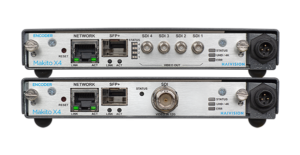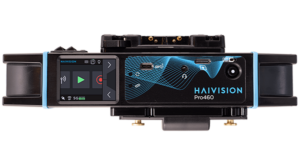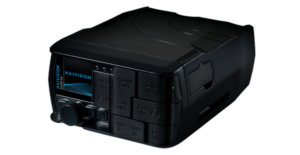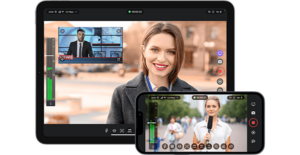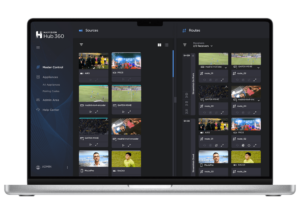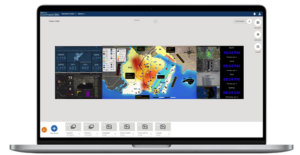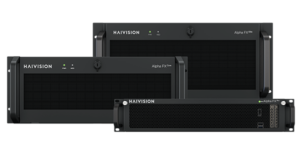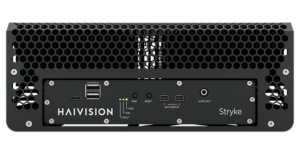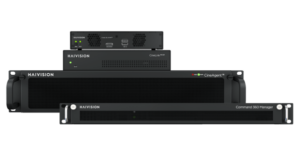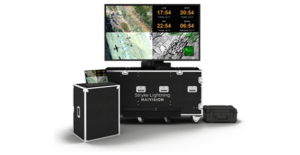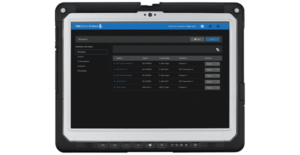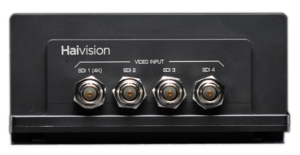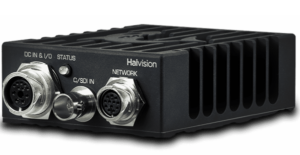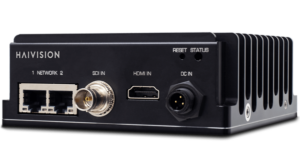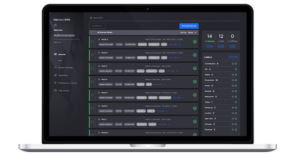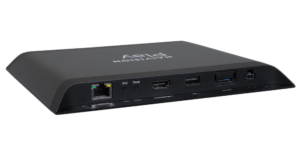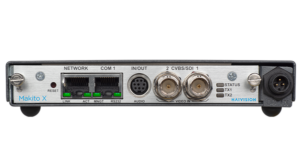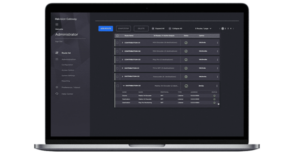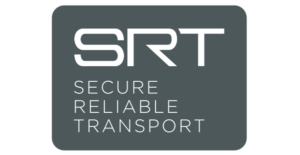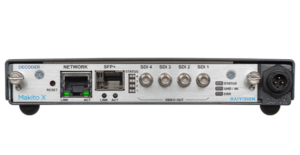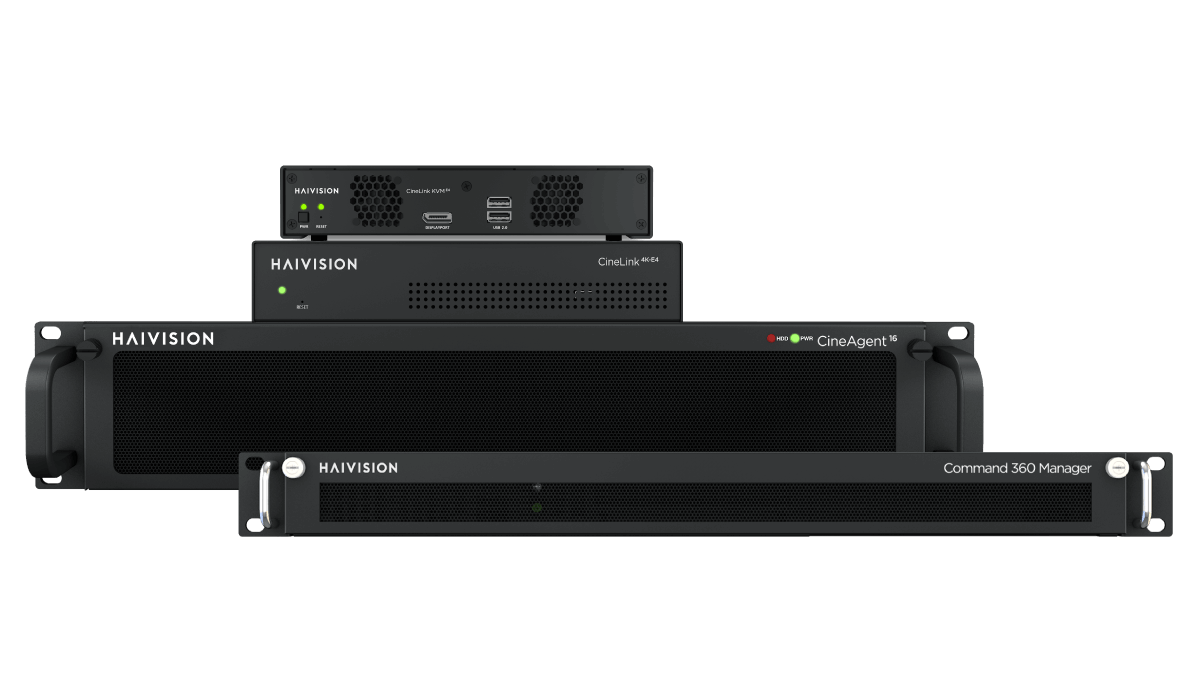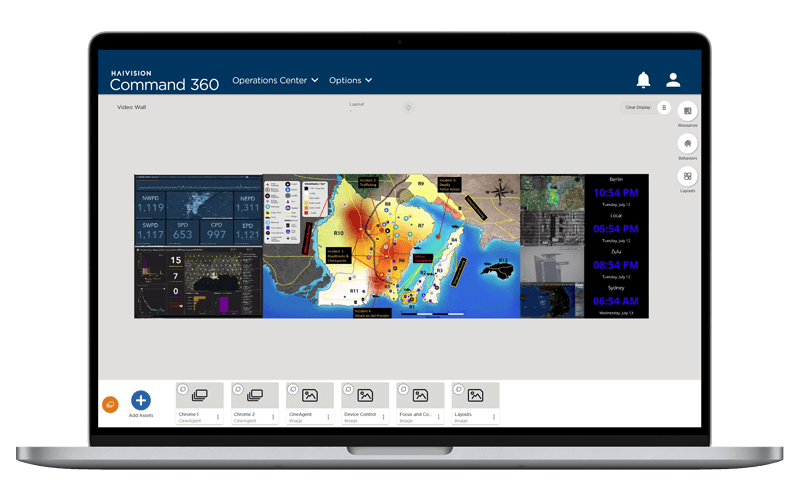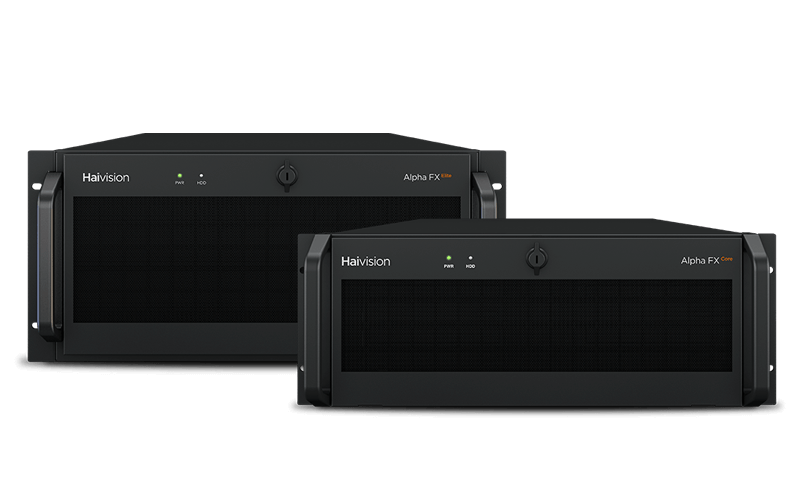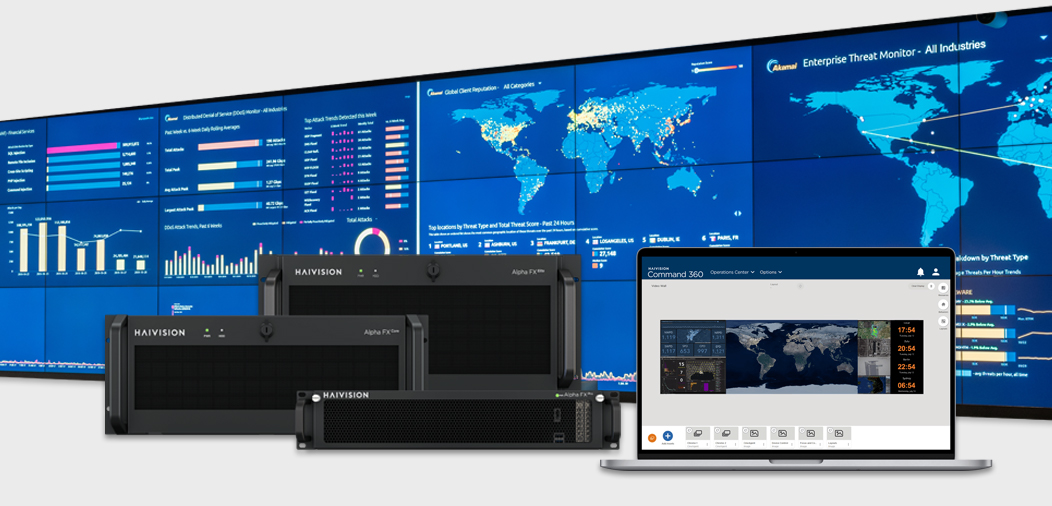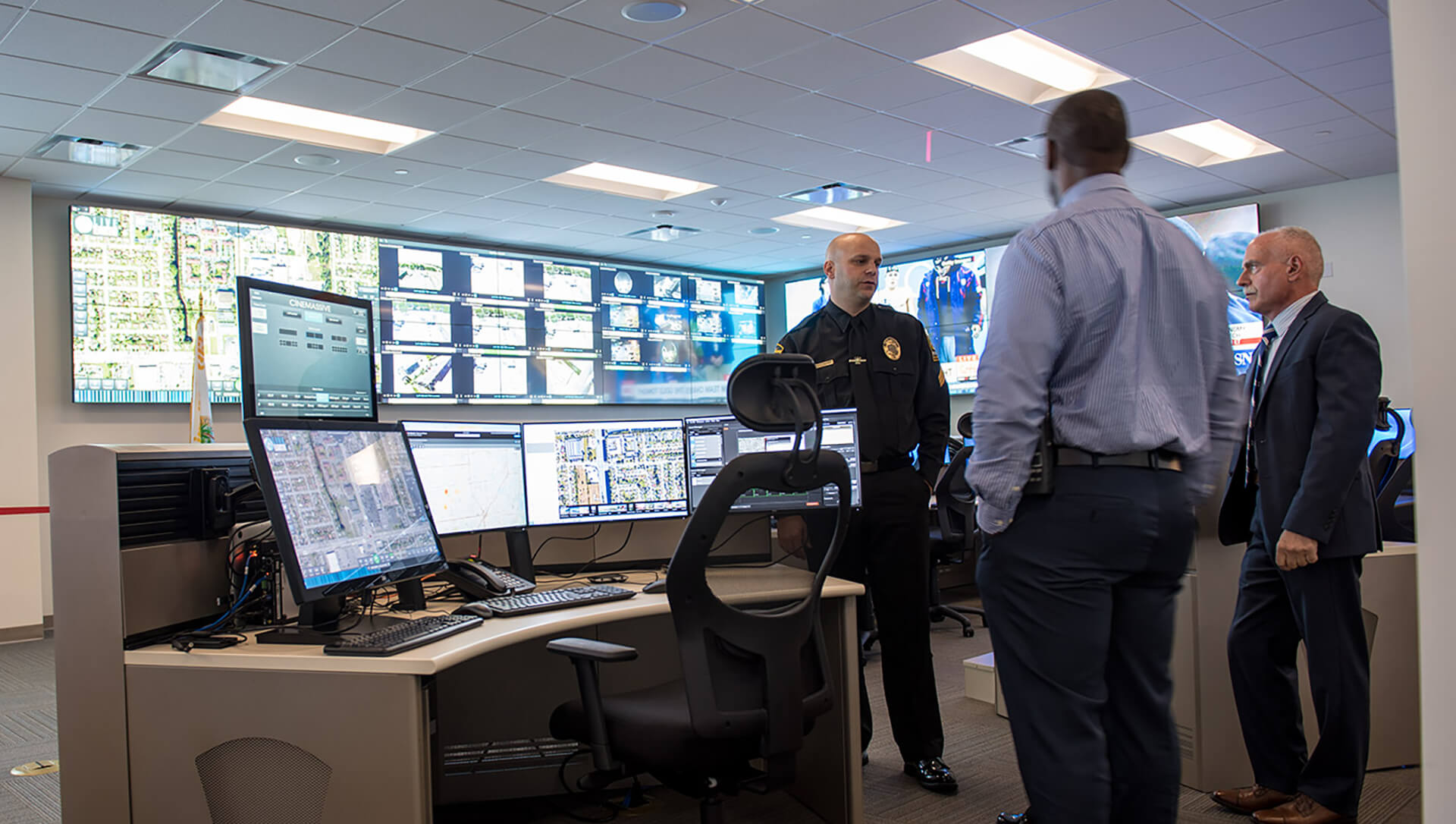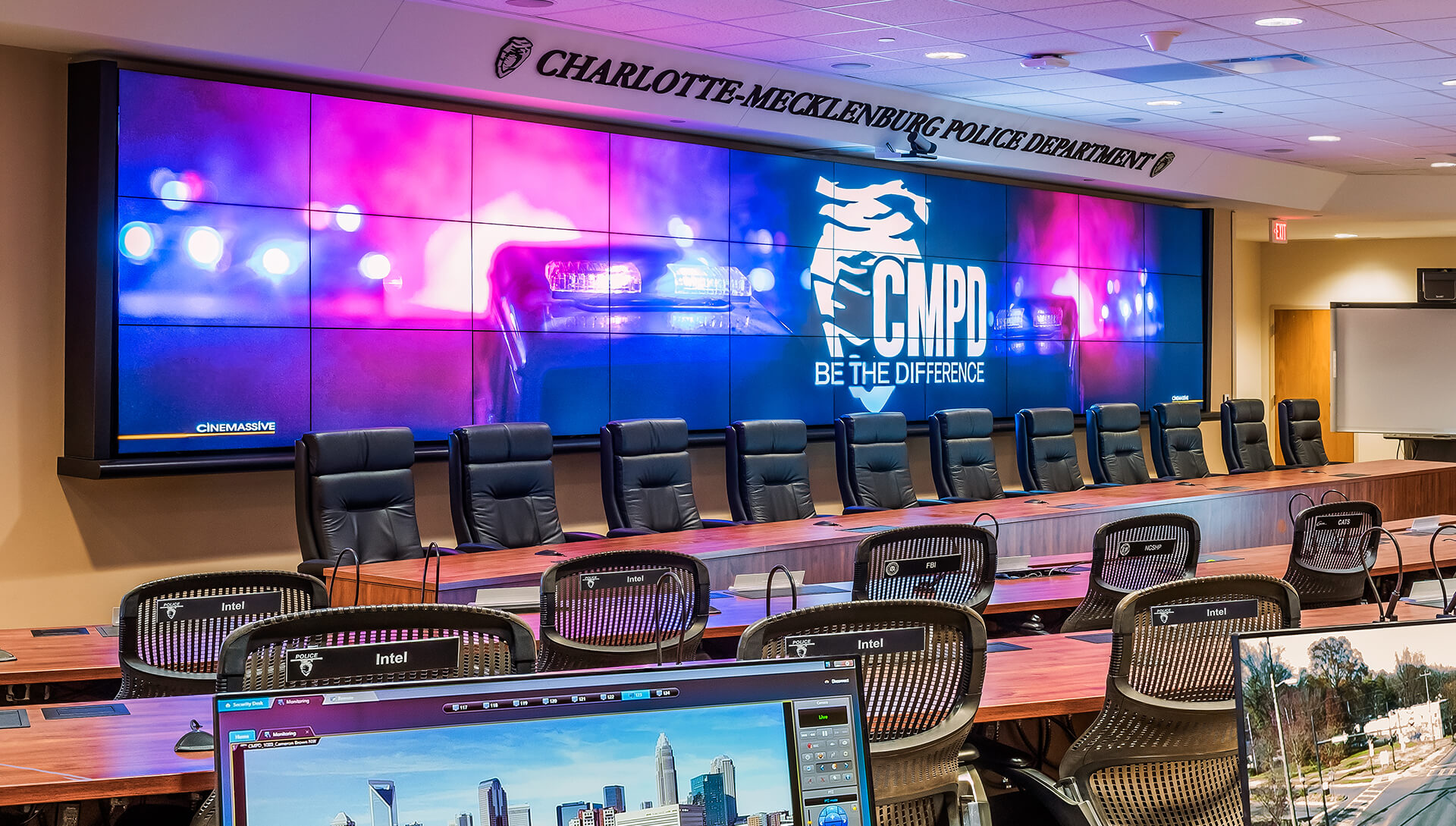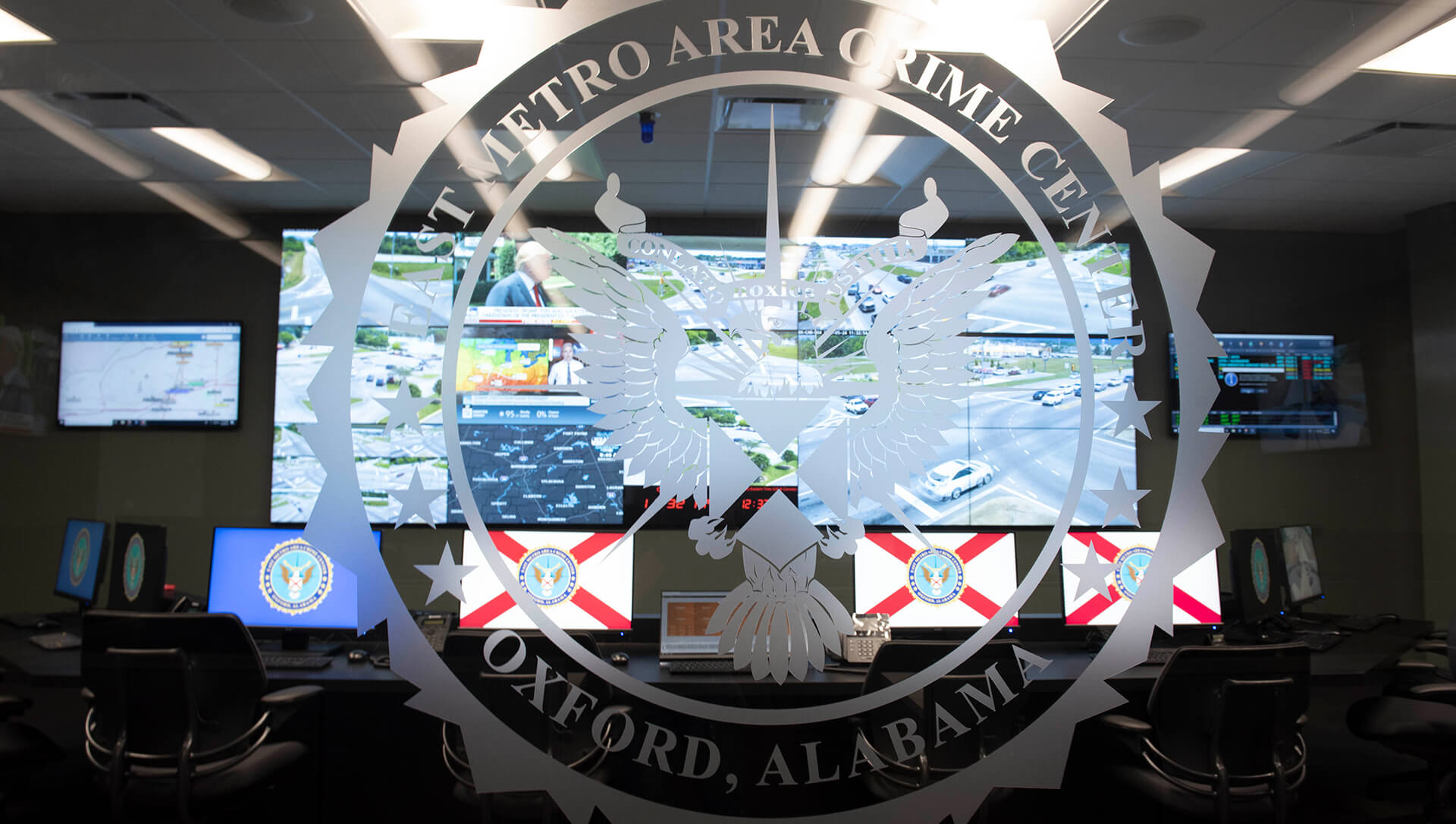Throughout the United States, city, state, and federal agencies collaborate in centralized intelligence facilities called fusion centers. In a fusion center, the resources and expertise of multiple agencies can be aggregated, allowing for more effective detection, investigation, and response to criminal and terrorist activity.
In order to provide such a resource for the Delaware Valley Region, the Philadelphia Police Department collaborated with state and federal law enforcement agencies to develop a fusion center in the city of Philadelphia. The Delaware Valley Intelligence Center (DVIC) would unite agents from the Philadelphia Police Department, the Department of Homeland Security, Amtrak, SEPTA, and the FBI into a single collaborative space. The facility would need to be equipped with a visualization system where the agents could monitor security feeds, analyze intelligence, and coordinate public safety operations.
The Challenge
The critical nature of DVIC operations created a number of requirements for the video wall system. Because the system would be in operation 24/7/365, it would need to be highly reliable and resilient. It would also need to be flexible, facilitating both monitoring activities as well as more dynamic, event-driven information gathering and emergency response. Another critical requirement for the video wall system would be the ability to allow secure information sharing between agencies and stakeholders – both within the facility and across the country.
After researching a number of options, the Philadelphia Police Department chose Haivision to design and implement the DVIC’s video wall system. Haivision was selected because it was able to provide a solution with the power and versatility required by the DVIC. In addition, Haivision was equipped to provide hardware, software, and integration services for a complete, customized solution.
The Solution
To meet the requirements of the Delaware Valley Intelligence Center, Haivision created a versatile, high-performance visualization solution. For the display canvas, Haivision provided an LCD video wall in a 4×3 configuration of 55” monitors. The array of LCD screens was wall-mounted to optimize the space in the room. The displays delivered a bright, multi-HD image and offered a wide viewing angle, making content fully visible to all agents in the room.
To route content to the displays, Haivision provided an Alpha video wall processor. The Alpha was able to capture signals from various information sources, such as cameras, police dashboards, mapping applications, and cable TV, displaying the content at native resolution across the video wall. It enabled agents to freely arrange the content across the video wall in real-time, helping the team quickly transition from surveillance activities to event-driven response. Providing a user-friendly software interface, the Alpha enabled operators to extend the content on their video wall to auxiliary displays within the facility or across their network, promoting active collaboration between agencies and stakeholders.
Haivision also provided Touch Control software, a simple touch interface that gave operators user-friendly control of the visualization system. With Touch Control, operators could open and display content layouts on the video wall with the touch of a finger. The software provided an intuitive user-experience that allowed even first-time operators to control the system with ease.
To complete the DVIC solution, Haivision supplied an audio system and integrated it with the video wall. The addition of the audio system created a fully immersive experience and enabled video teleconferencing on the video wall displays.
The Result
The Haivision visualization system provided the Delaware Valley Intelligence Center with a powerful and versatile security operations resource. The Haivision system not only gave operators a robust toolkit for aggregating and analyzing intelligence, but also facilitated collaboration between agencies as they worked to protect homeland security.

